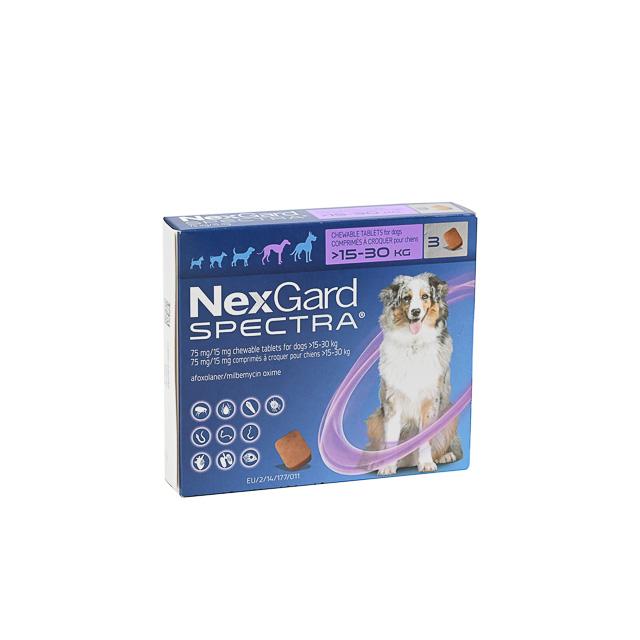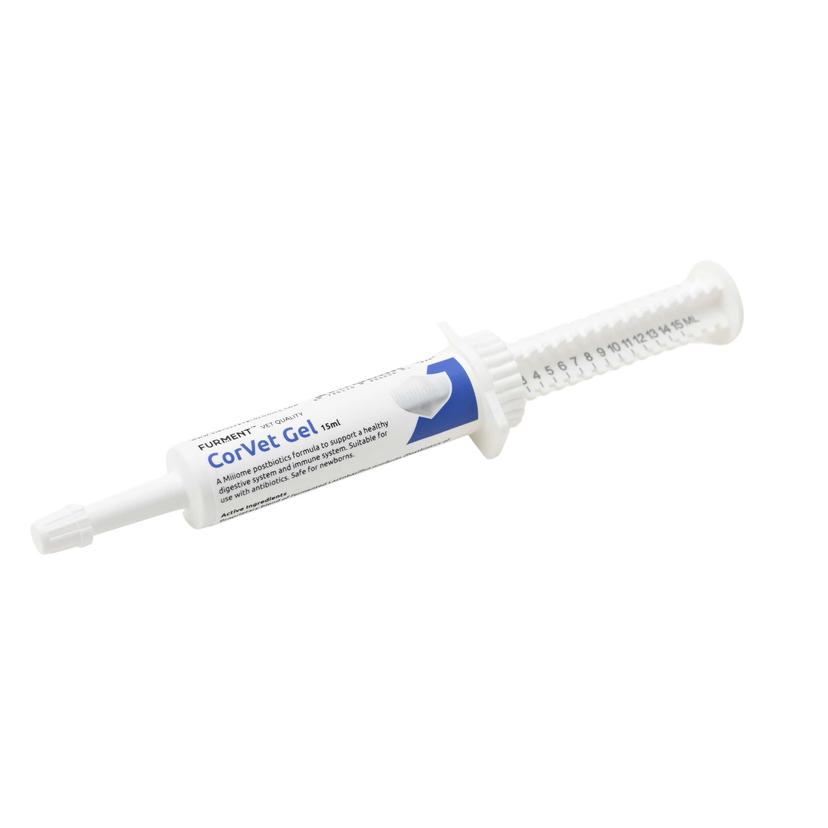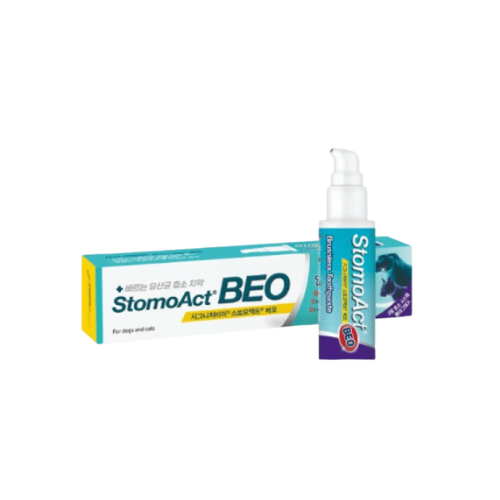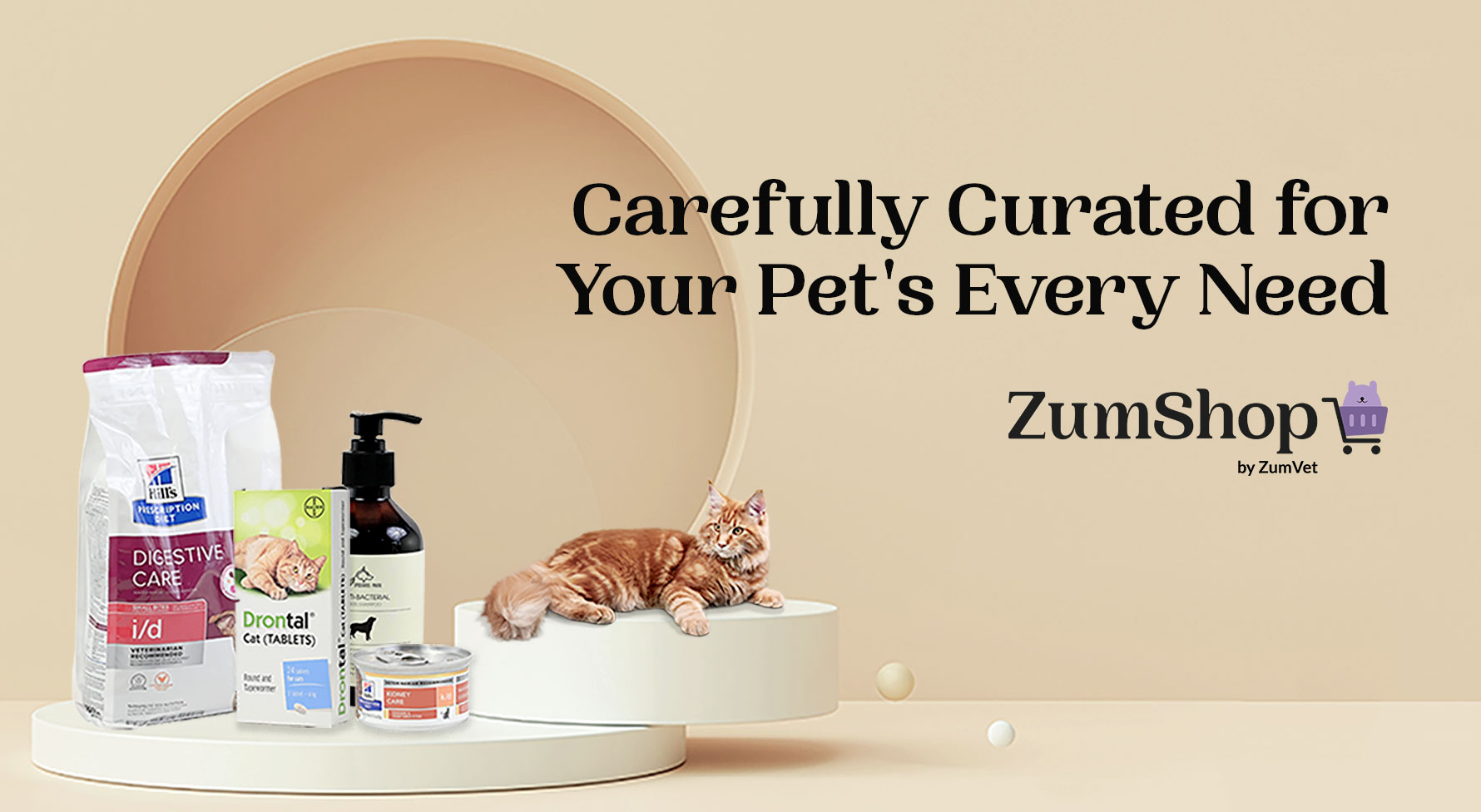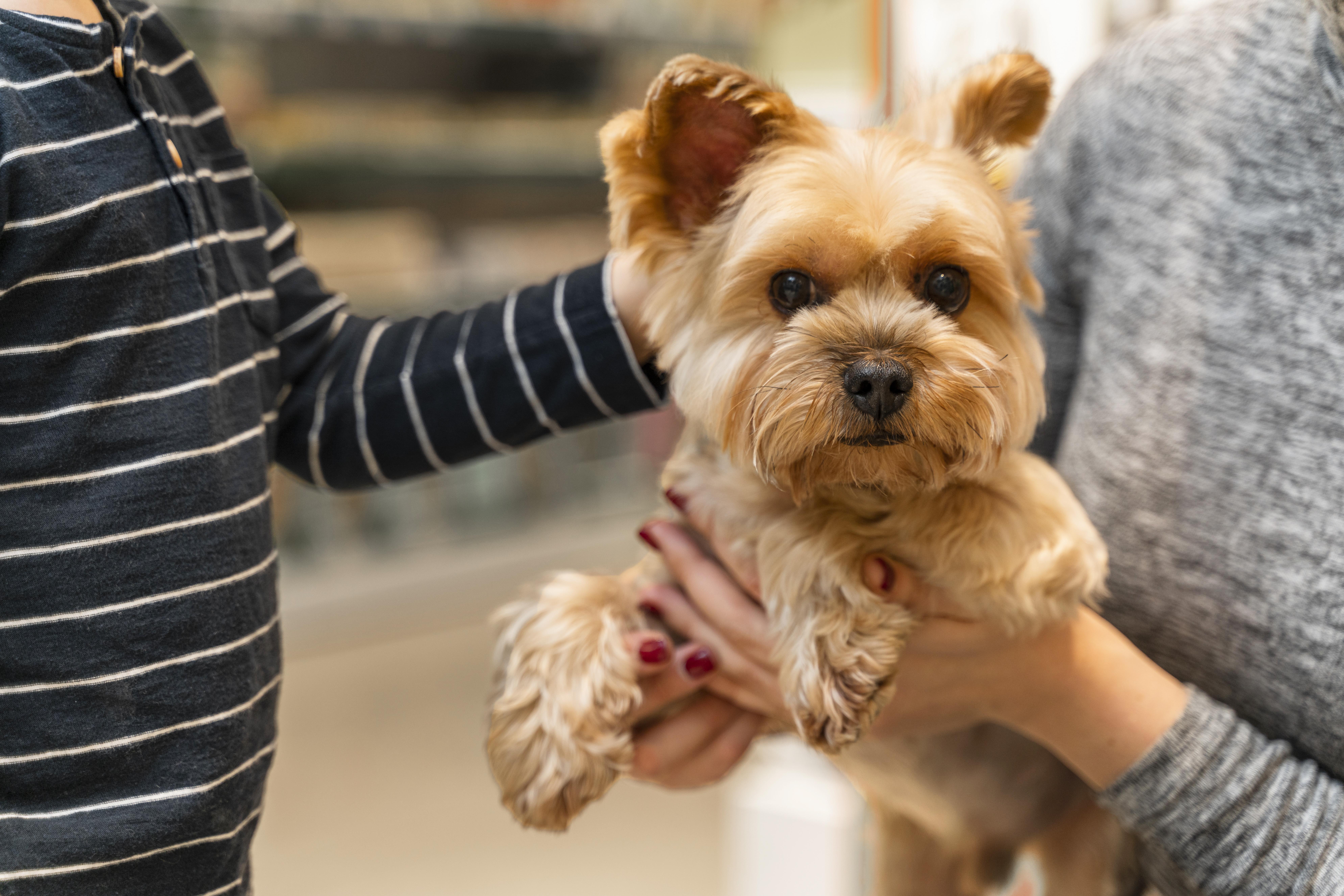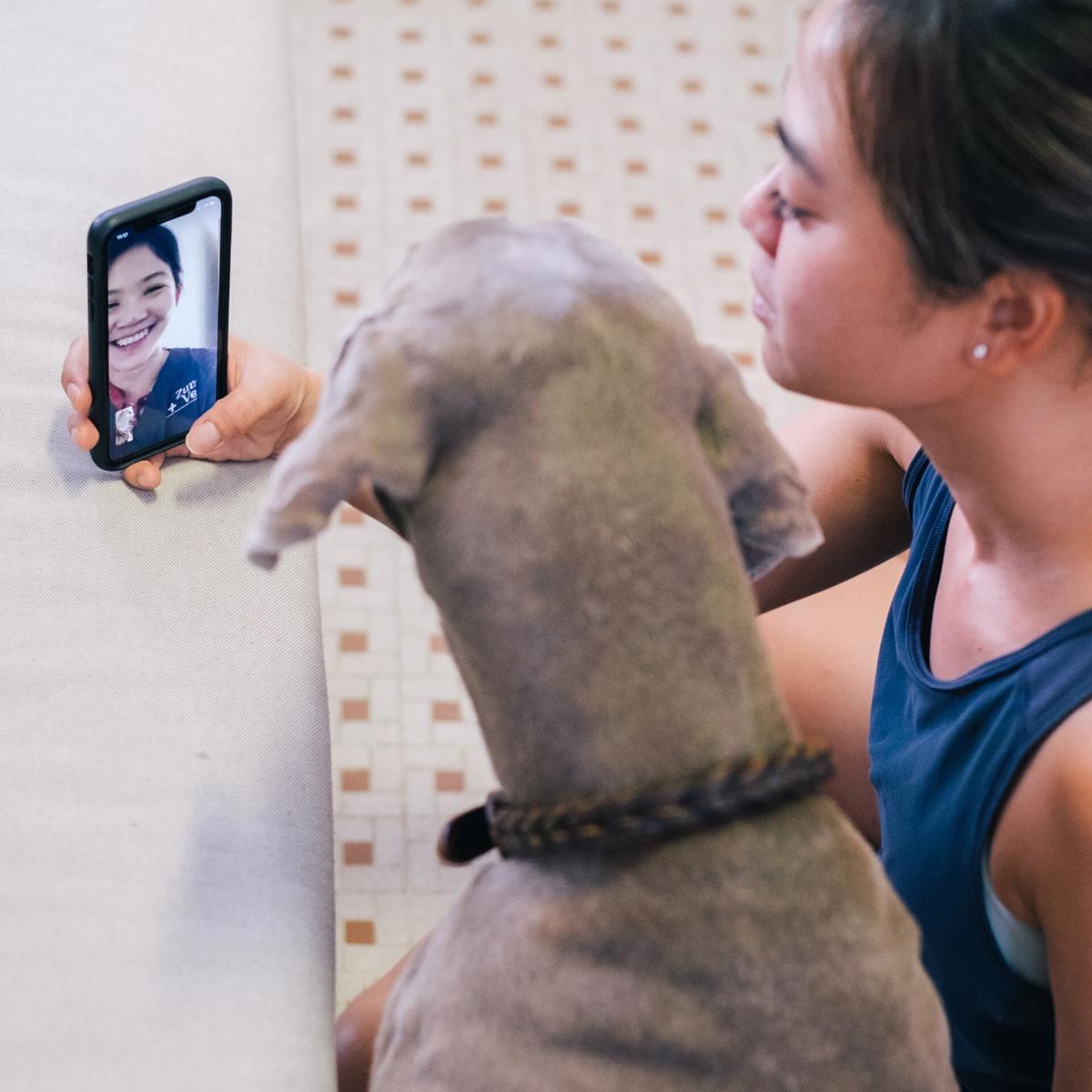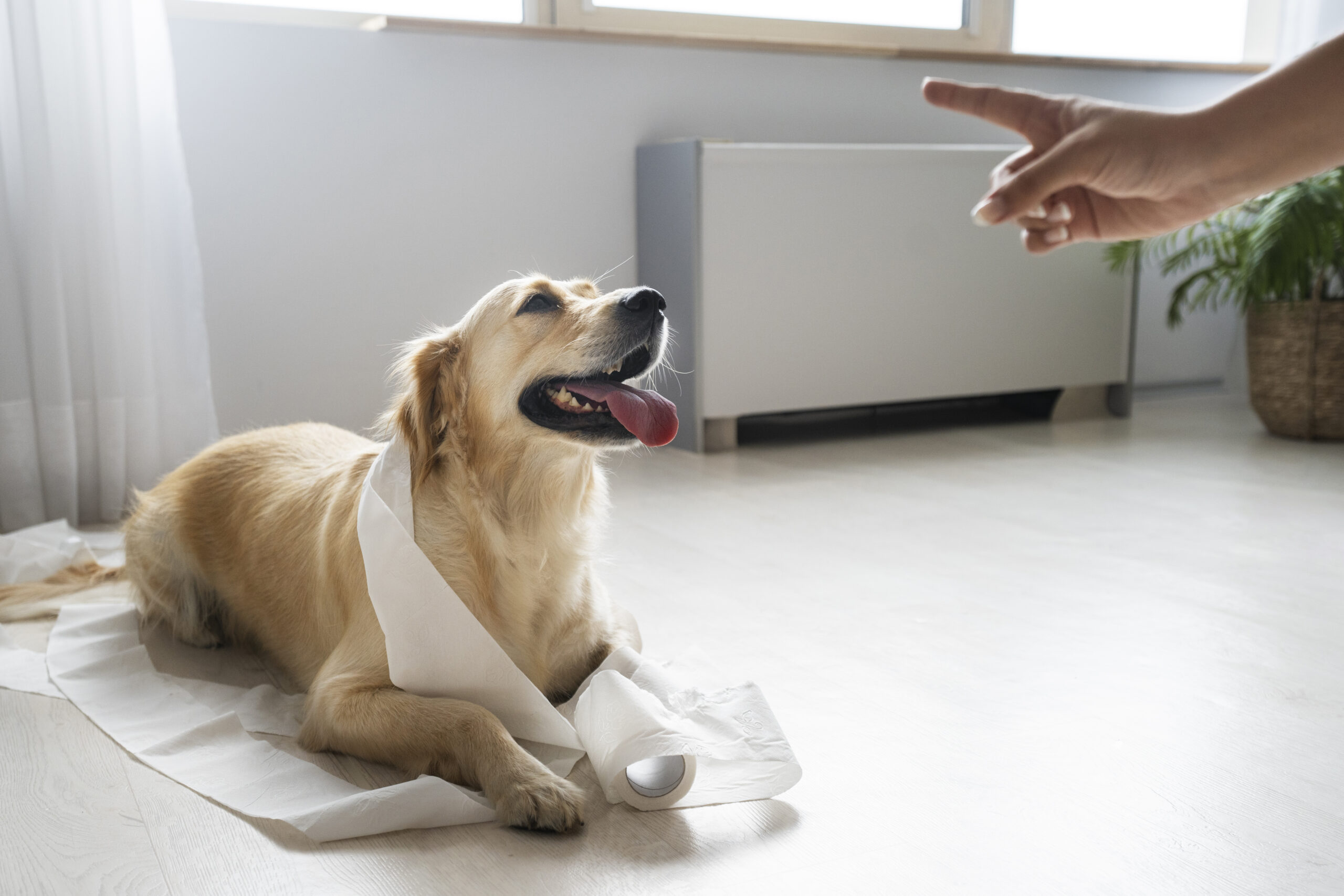Traditional Chinese Veterinary Medicine (TCVM) is based on multiple practices including acupuncture, tui-na (therapeutic massage), herbal and food therapy with the aim to restore imbalances within your pet’s body. Because TCVM’s practice focuses on restoration, TCVM is often used to treat long-term and chronic conditions, and is also used as an alternative when Western approaches have not been effective.
As TCVM is about conditioning the internal body through time, pet owners also seek TCVM treatment for preventative measures to deter aging symptoms. (Generally speaking, cats show early signs of ageing from the age of seven, so it is advised to bring your cat for check ups every 3-6 months). Aside from cultivating long term wellness, the following health conditions are favourable for traditional chinese medicine treatments too.
What illnesses can TCVM treat?
1. Alleviating pain in musculoskeletal problems: Arthritis, slipped disc and more
Because acupuncture pinpoints the nervous system by stimulating blood flow and hormone release, acupuncture is particularly effective for musculoskeletal problems such as joint degeneration (such as hip joint replacement, osteoarthritis) to reduce pain. Other conditions that have seen positive results from adopting TCVM approaches are: recovering from a slipped disk or herniated disk. Often prescribed as pain-killing medications for first-line treatment in cats, TCVM methods such as acupuncture or herbal medicines can offer low-risk ways to aid pain alleviation.
2. Treating skin irritations and skin conditions
According to Chinese medical theory, skin conditions such as hot spots, itching or dryness are often manifested and reflect internal imbalances such as a weakened immune system leading to inflammation, digestive functions, liver detoxification abilities. TCVM does not aim to just simply treat the symptoms, but also target the root cause of the symptoms. External factors including environmental pathogens such as heat, wind, dryness, cold and dampness can disrupt the body if the body is weak. Therefore veterinary acupuncture coupled with herbal medicine can work together to address skin conditions such as dermatitis or other autoimmune dermatoses by harmonising the internal conditions of the body – but more importantly, improve your cat’s underlying wellness as a whole.
3. Fixing gastrointestinal problems
With the same philosophy as above, acupuncture can target gastrointestinal problems such as frequent diarrhea, vomiting or other signs of upset stomach in your cat too. Herbal medicines and food therapy can also take time to restore your pet’s digestive system.
How is my cat diagnosed through TCVM? What does a Traditional Chinese Veterinary Medicine appointment look like?
Like diagnosing humans, veterinarians will determine treatment through sight, smell, inquiry and sensing (palpation through pulse). Chinese medicine veterinarians will observe closely the animal’s complexion, movements, body condition and fur (hair coat). Veterinarians can determine a lot about your cat’s condition based on its tongue and smell of its breath. For example, paleness of the tongue can indicate blood deficiency, a deeper red can indicate excess heat in the body and purple can indicate blood stagnation. Whether it is dry, wet or swollen can give an indication of your pet’s qi (energy, blood circulation) too.
After observing your pet’s external conditions, the practitioner will proceed to detect your pet’s pulse. Normally in humans, our pulse is taken on our wrist with gentle pressure. For pets, arteries are located in the inner thighs, so veterinarians will press the arteries to feel the pulse to get a preliminary reading of the animal’s overall physical condition.
How long does acupuncture treatment take for my cat?
Acupuncture sessions typically take 10 to 30 minutes and the number of needles applied depends on the condition of the animal. Minimum treatment time is around six to eight weeks at intervals of once a week, while it’s important to note that the frequency of treatment is dependent on your pet’s reaction to it. Older cats are recommended to go for checkups at least every three to six months.
Will my cat feel pain in acupuncture?
Your cat won’t feel much from acupuncture, but may experience a little numbness and a tingling sensation. The foot and head areas are particularly sensitive and can cause an initial alarming reaction, but you’d be surprised at how it doesn’t bother them too much otherwise.
How do I prep my cat before the TCVM appointment?
There are no restrictions on preexisting conditions for acupuncture – for example age, or whether the cat is pregnant or not. However treatments that require physical treatment such as tui-na should be carefully considered. Regardless, it is important that your cat remains calm and still. So, rewarding your cat after regular veterinary visits during early days can help your cat maintain a stationary state in preparation for their acupuncture appointment visit.
In pets, illnesses are often not isolated and can have a cascading effect on other aspects of your cat’s wellness. If your cat is experiencing pain and you’re not quite sure why, set up an appointment with your local veterinarian or through a video appointment and ask about potential TCVM treatments that could put your pet onto the road of healing and recovery. Read more about the basics of TCVM here.



